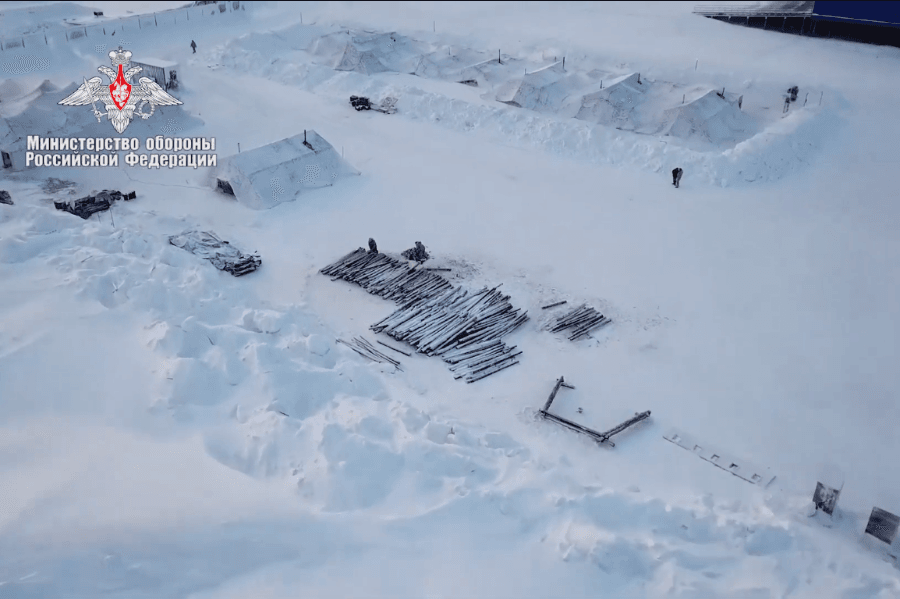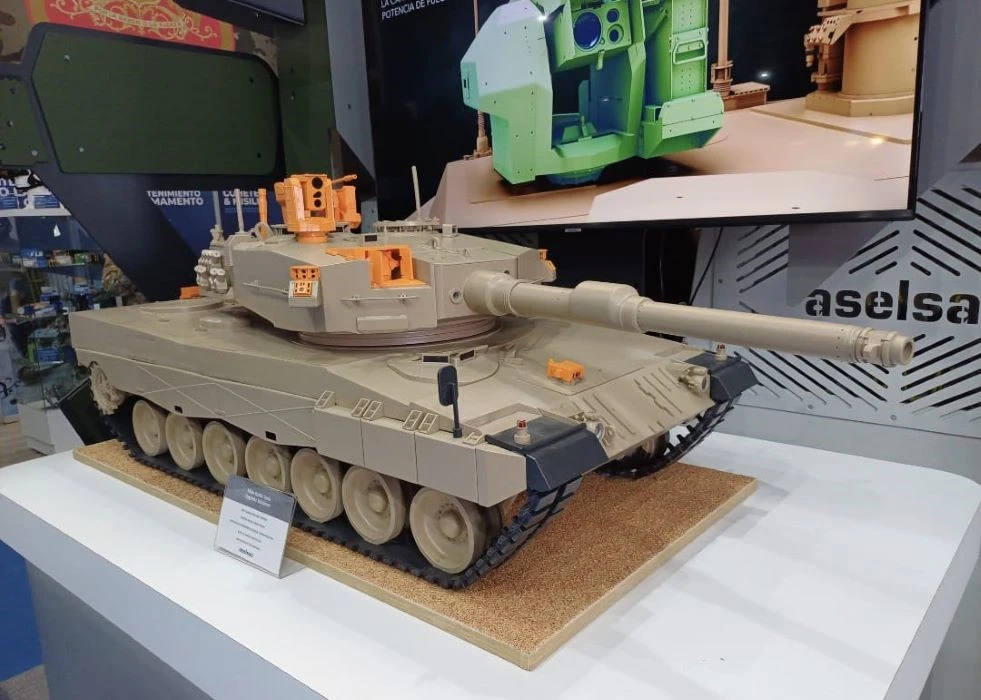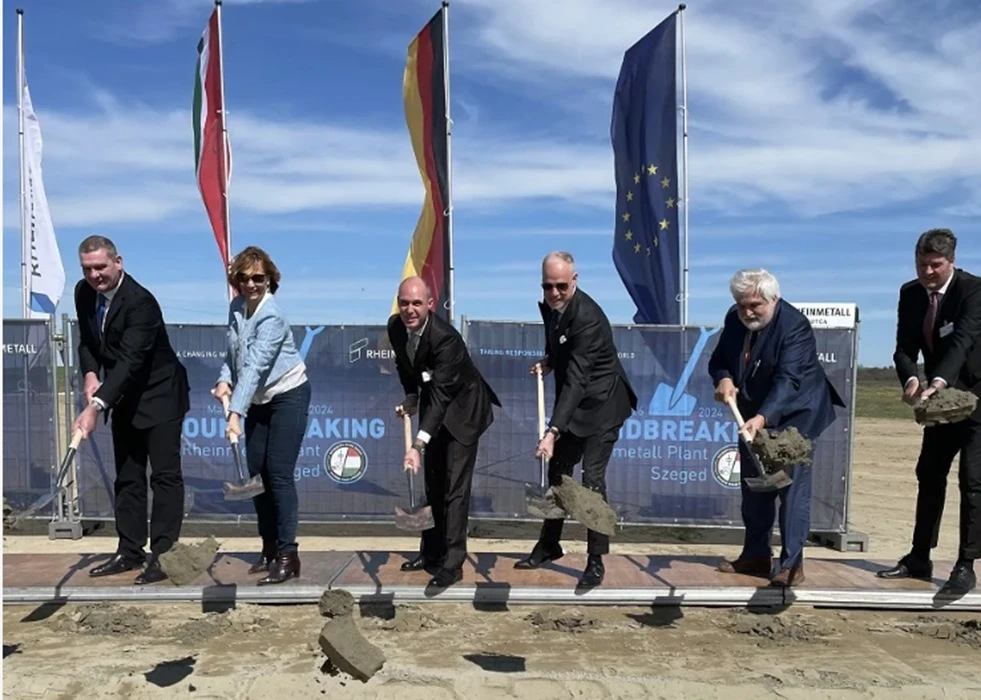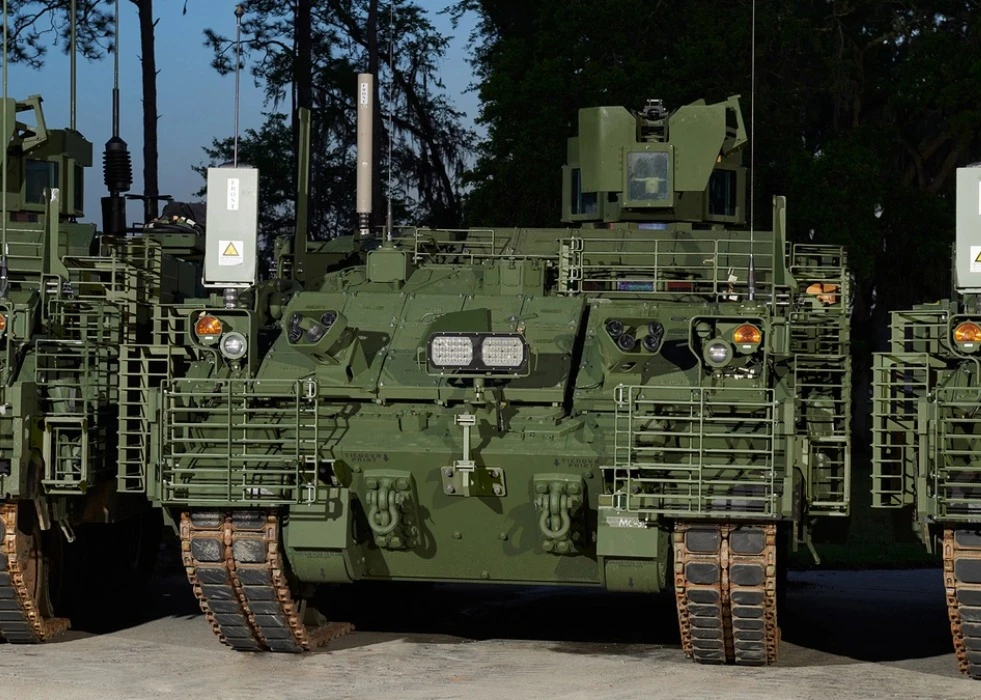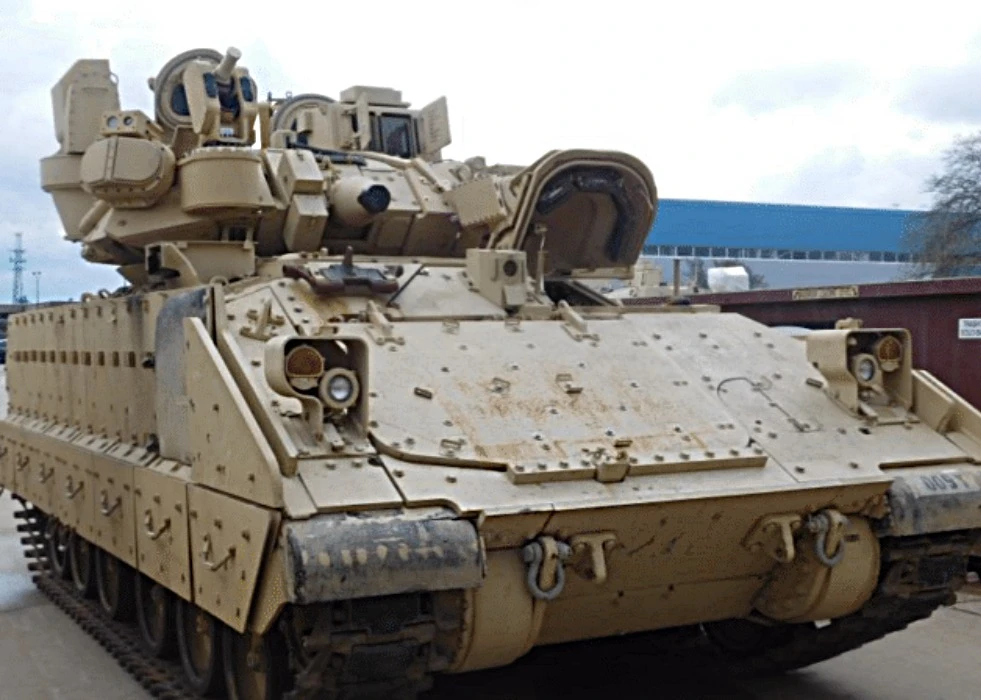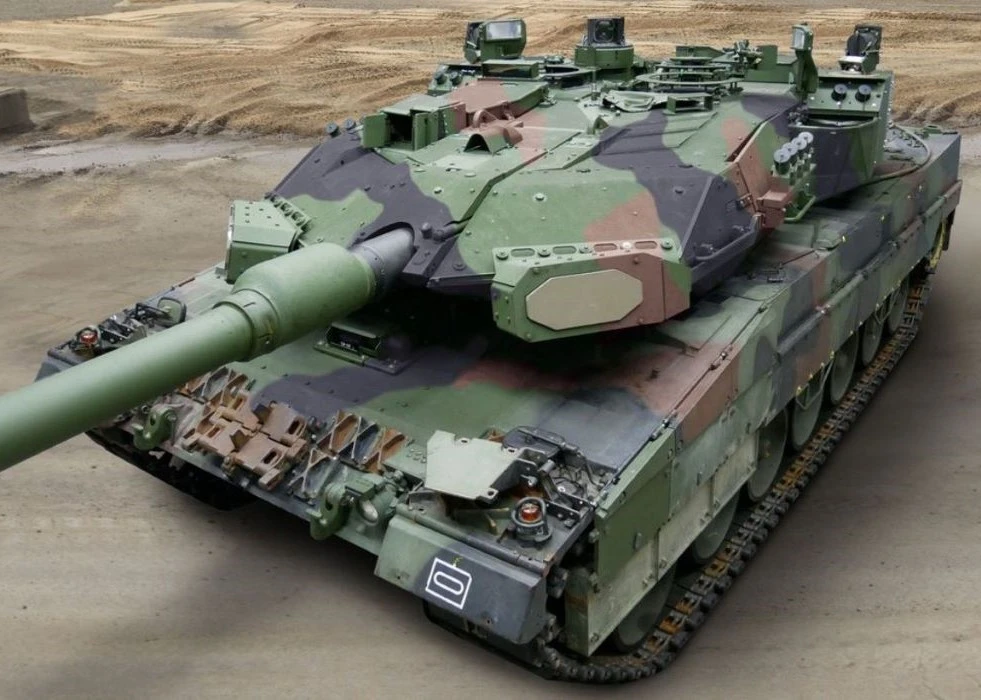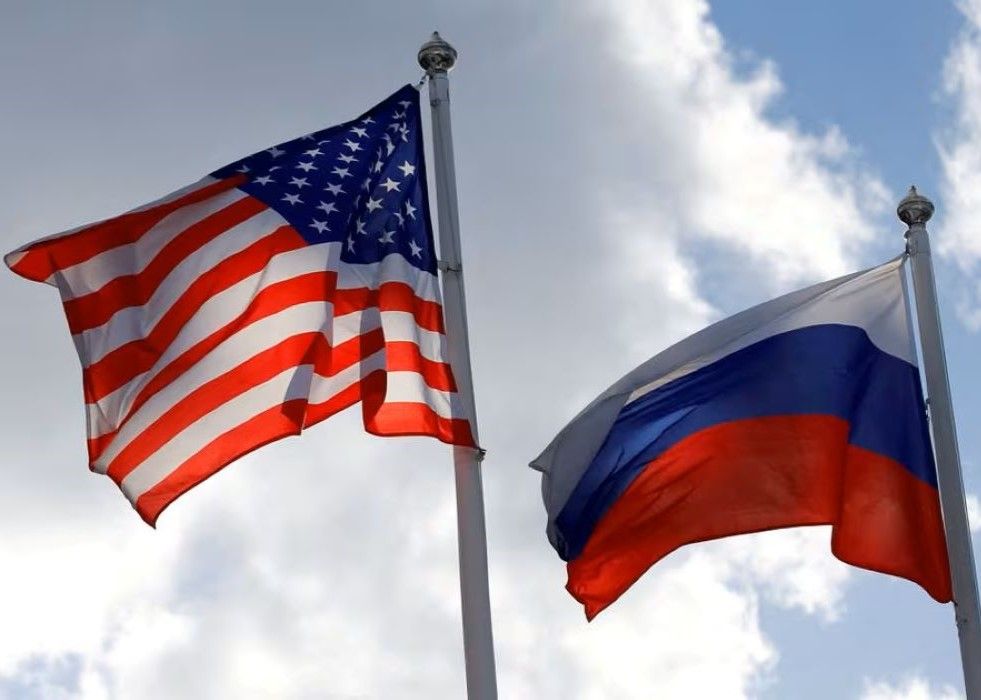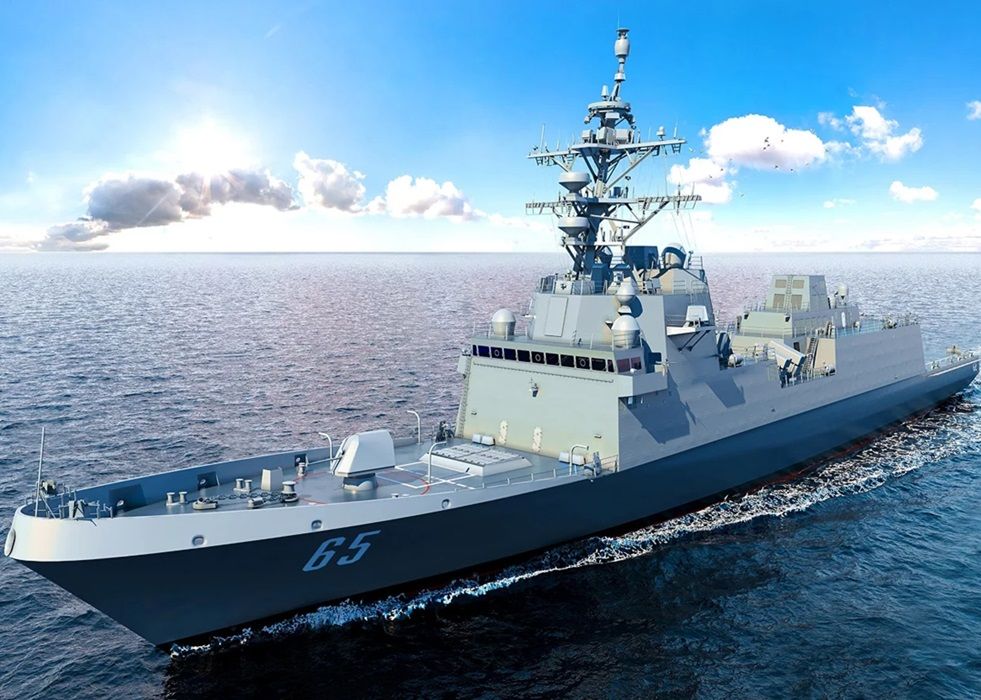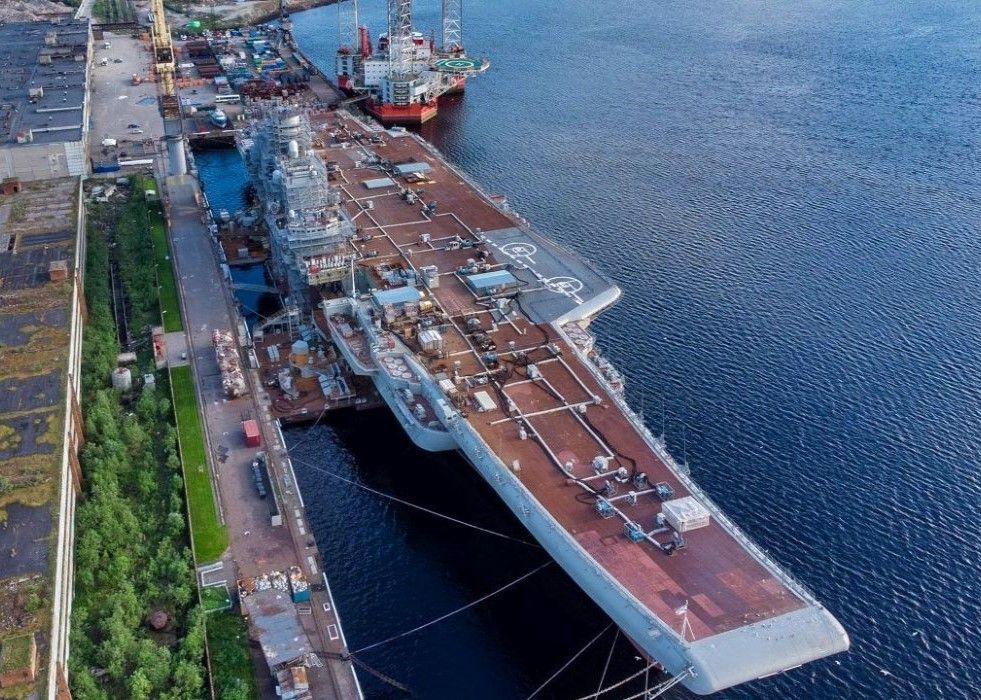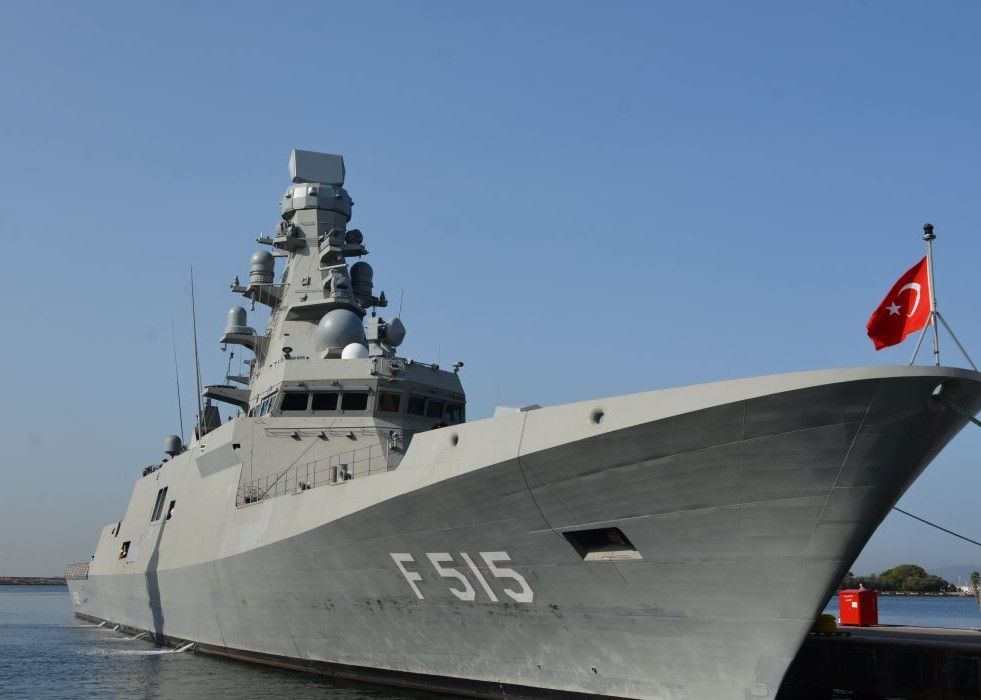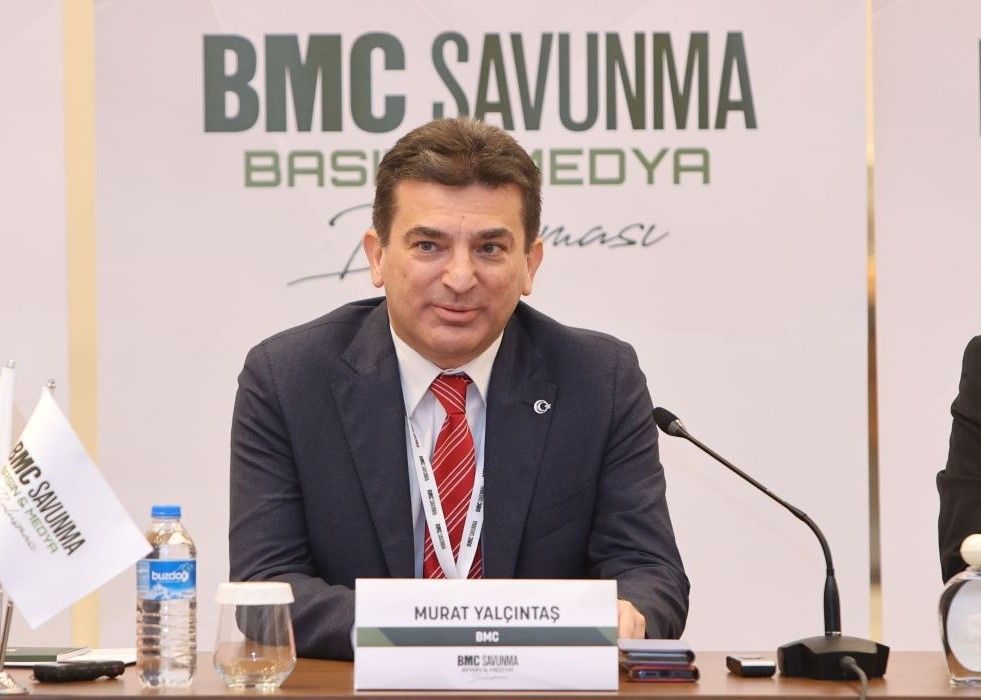Russia has shown its interest in the northern pole and demonstrated its power. Moscow has started the “Umka-2021” (polar bear) Arctic expedition in the Franz Josef Land archipelago since March 20.
As part of the expedition, three nuclear-powered missile submarines broke thick ice. They surfaced in the Arctic Ocean simultaneously in an area with a radius of 300 metres.
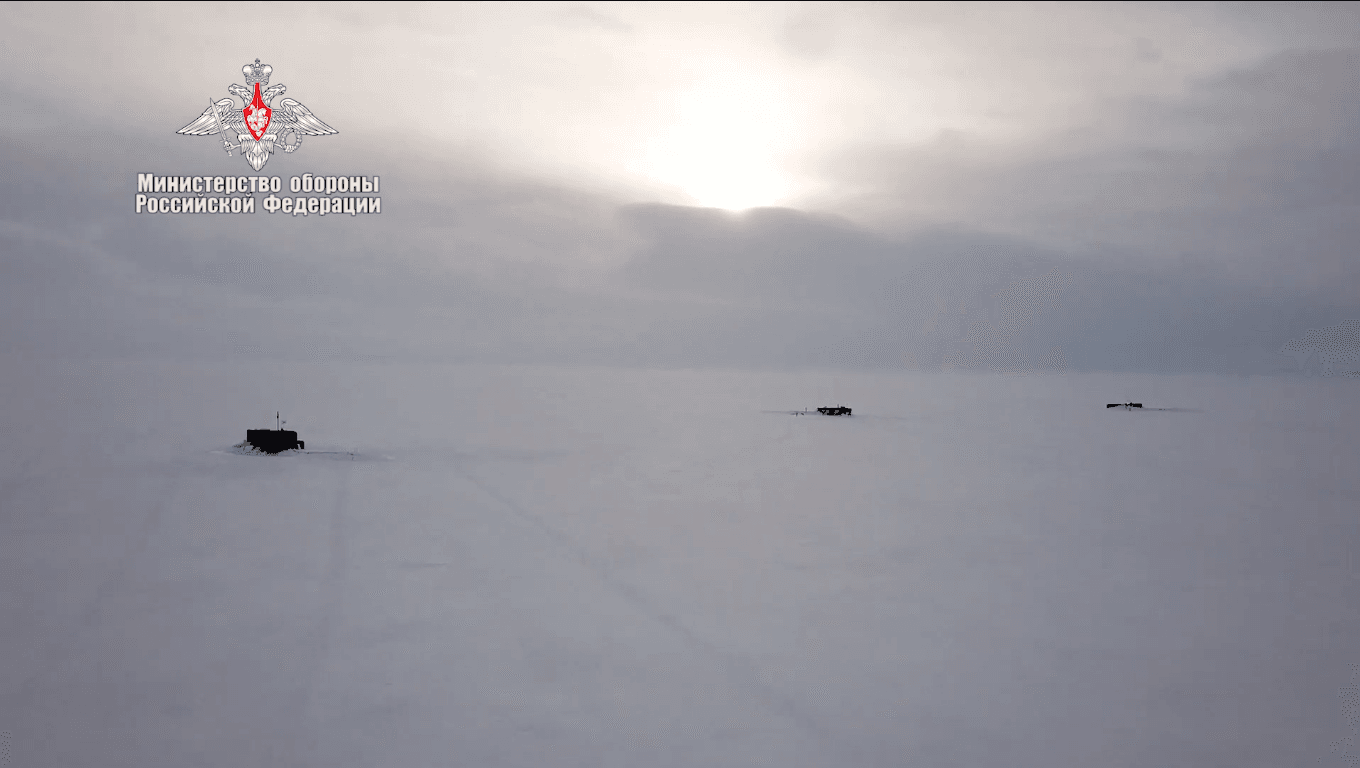
Navy Commander-in-Chief Nikolai Yevmenov said that this action occurred for the first time in the history of the Russian Navy. The submarines shattered 1.5-metre-thick ice and ascended to the frozen sea surface simultaneously.
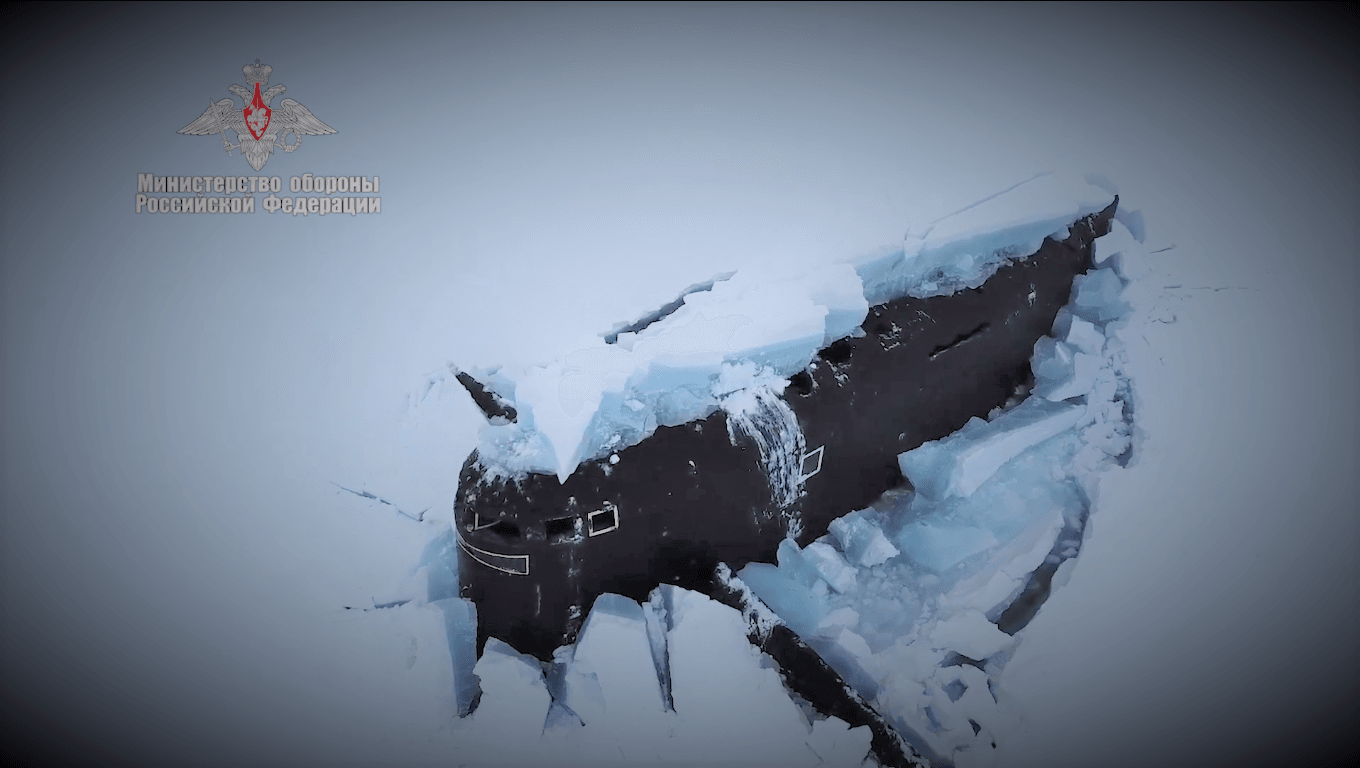
Xinhua news agency quoted Yevmenov telling Russian President Vladimir Putin in a video conference.
He said two MiG-31 fighters flew past the North Pole’s geographic point with refuelling in the air.
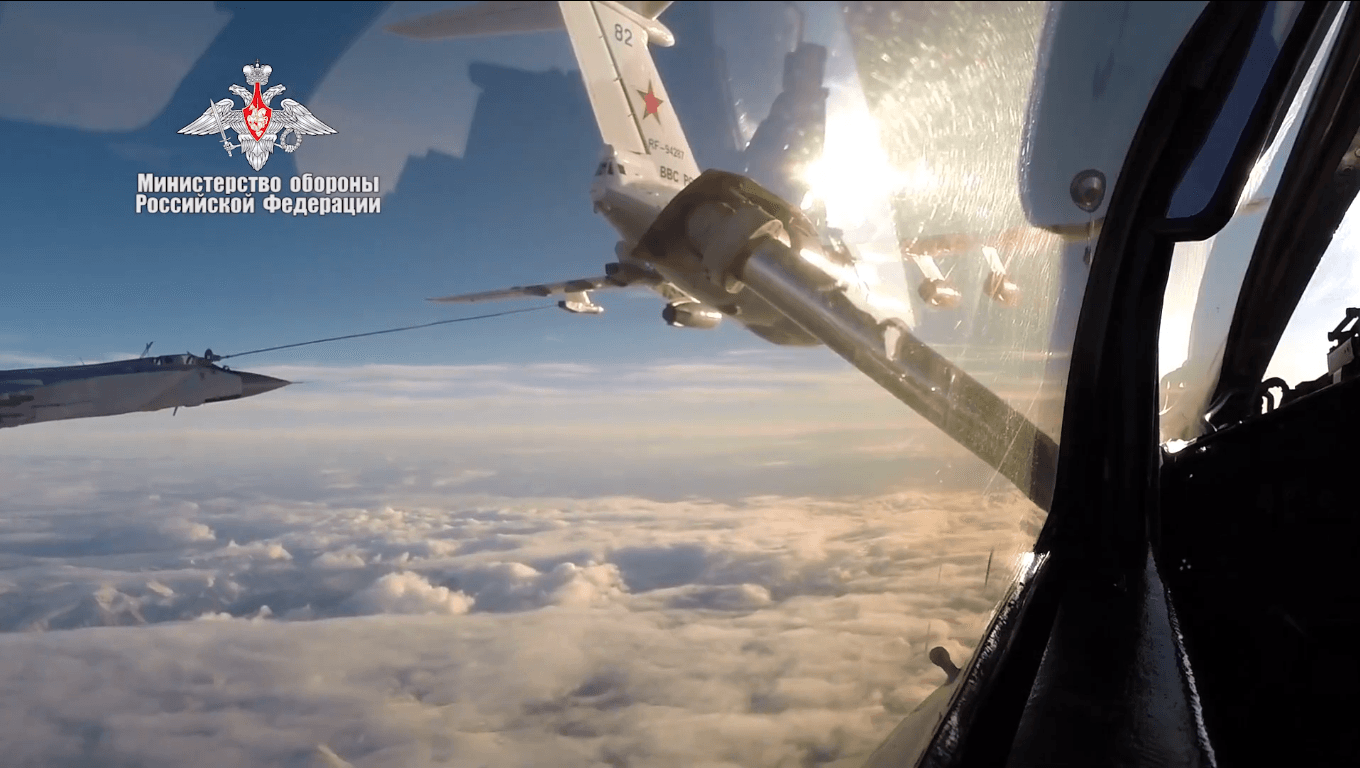
More than 600 military and civilian personnel and about 200 pieces of military and special equipment and weapons are involved in the expedition, Yevmenov said.
A nuclear-powered submarine practised torpedo firing under the ice, he added.
“As a result, the weapons, the military and special equipment proved their technical specifications in high latitudes and low temperatures,” Yevmenov said.
He added that the Russian Navy would continue to conduct Arctic expeditions in the future.
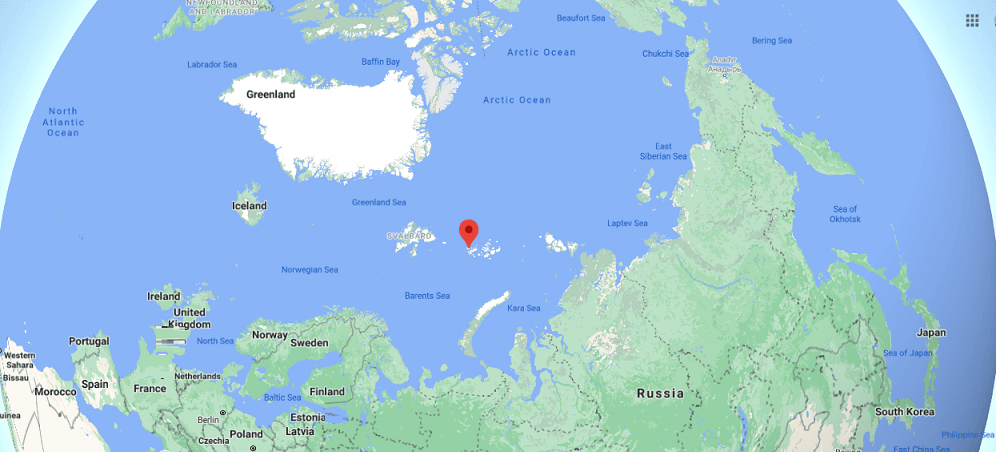
“These combat training, research and practical measures have demonstrated the Russian Navy’s abilities and preparedness to operate in the harsh northern latitudes,” Putin answered.

